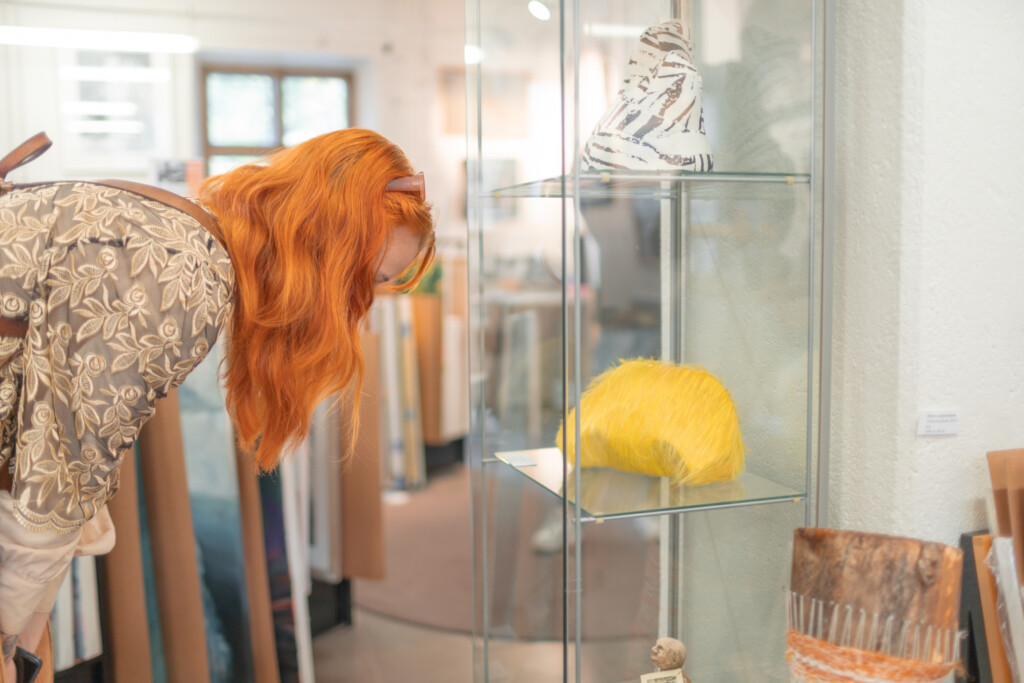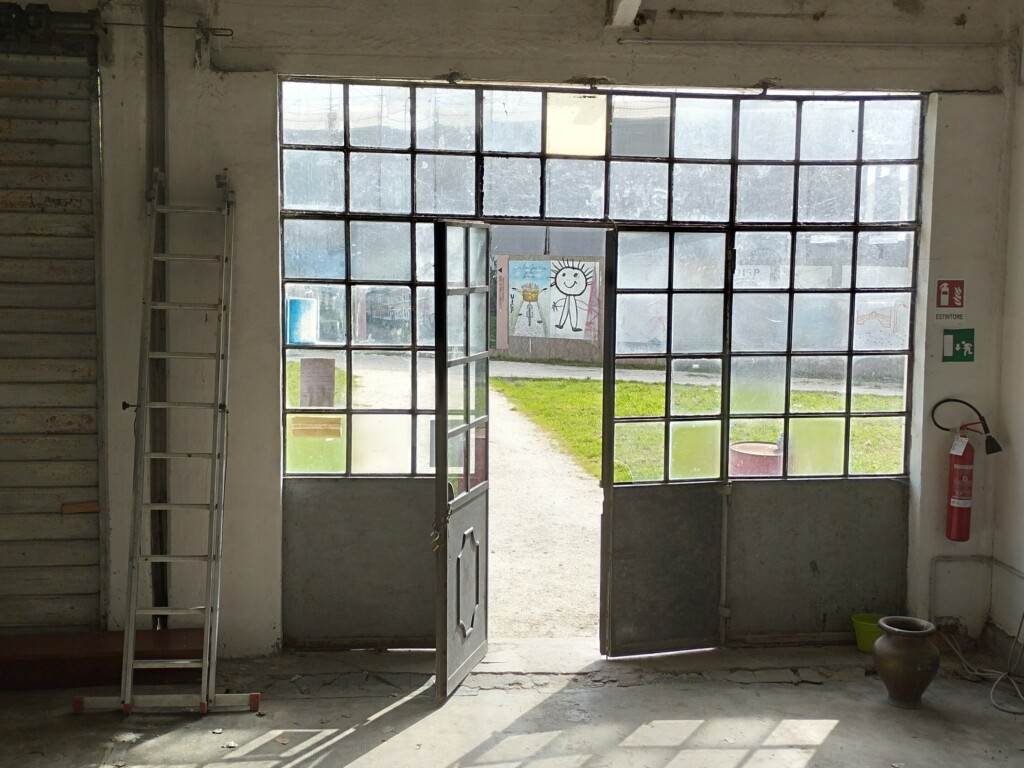Guide to navigating the artist residency experience

Embarking on an artist residency is akin to setting sail on a voyage of creative exploration. It offers artists a unique platform to immerse themselves in a new environment, fostering inspiration, collaboration, and growth. In this guide, we’ll explore the essential elements for organizing and participating in an artist residency, ensuring a fulfilling and productive experience for all involved.
Understanding the concept of residency
At its core, an artist residency serves as a haven for creativity, providing artists with essential resources such as space, time, and connections. These residencies are often situated away from the artist’s usual surroundings, often abroad, enabling a change of scenery conducive to artistic exploration. They facilitate exchange and mutuality, fostering the creation of temporary communities where ideas, thoughts, and experiences are shared. The effects and impacts of a residency extend not only to the individual artist but also to the surrounding communities and the artist’s own community upon their return.
Introducing the organizer
Before diving into the residency experience, it’s crucial to understand who the organizer is, where the residency is located, its focus, and approach. Organizers typically have general goals or way of working guiding their efforts. Whether it’s supporting emerging artists, promoting cross-cultural exchange, or fostering innovation, knowing the intentions behind the residency can help align expectations and goals.
Setting and managing expectations
Clear and open communication is paramount in setting and managing expectations for both organizers and participants. Artists should be informed about the facilities, living conditions, possible methodology, program structure, mentoring opportunities, and networking possibilities. It’s essential to outline the type of residency being offered—whether it’s for solo work, collaboration, research project, or development—and what artists are expected to contribute or achieve during their time there. Providing clarity on presentation opportunities, such as exhibitions, talks, or workshops, ensures that artists can fully engage with the residency experience.
How to apply
The application process serves as the gateway to the residency experience. Residency artists are usually selected via an Open Call. Applicants are typically required to submit a range of materials, including their CV, a motivational letter, and possibly a portfolio or links to their work. Application guidelines should specify where to send materials, deadlines, and any available selection criteria.
Selection and steps before the residency
Upon selection, artists receive an acceptance letter and a request to confirm their participation by a certain time. The letter often includes also relevant information for their stay, how to arrive, introductions to the residency community and local resources. In some cases, the artist might need an official invitation letter to proof their selection for e.g. applying for further travel grants etc.
If the artists are to be introduced somewhere by the organizer, e.g. on a webpage, local newsletter or social media, you can ask for their photo, short bio and links to social media profiles etc. (all of course with a permission to publish).
To ensure all parties share a mutual understanding and commitment to the residency, you should agree on a signed contract between the artist and the organizer. It should include e.g. agreed deliverables and artistic work, clear the copy rights, fees, compensation and state the responsibilities.
 During the residency
During the residency
Once artists arrive at the residency, a warm welcome and practical information session help ease them into their new surroundings. This includes introductions to accommodation, house rules, transportation options, local amenities, local event calendars and support contacts. A structured introduction to facilities, schedules, and any planned programming ensures that artists can make the most of their time. Additionally, fostering a sense of community through regular check-ins, networking opportunities, and public events encourages collaboration and interaction among residents.
Hospitality and care
Residency organizers play a crucial role in providing hospitality and care to artists. Creating a safe and supportive environment is essential for fostering creativity and facilitating personal growth. This includes catering to different needs and preferences, offering resources and facilities tailored to individual requirements, and facilitating unexpected encounters that spark inspiration. It is also important to have a safe and comfortable way to give feedback during the residency on matters that are disturbing or need to be fixed during the stay. Ultimately, intuition and a genuine commitment to the well-being of artists can make all the difference in ensuring a memorable and transformative residency experience.
After the residency
The end of a residency marks the beginning of a new chapter in the artist’s journey. Follow-up communication, documentation, and reporting help capture the impact of the residency and maintain connections between artists and organizers. Sharing content on websites and social media platforms allows for broader dissemination of the residency’s outcomes and facilitates ongoing engagement with the artistic community. Staying in touch with fellow residents and organizers fosters a sense of continuity and collaboration beyond the confines of the residency itself.
In conclusion, embarking on an artist residency is a journey filled with discovery, creativity, and connection. By understanding the essential elements of organizing and participating in a residency, artists can make the most of this transformative experience, enriching their practice and contributing to the vibrant tapestry of the artistic community.
